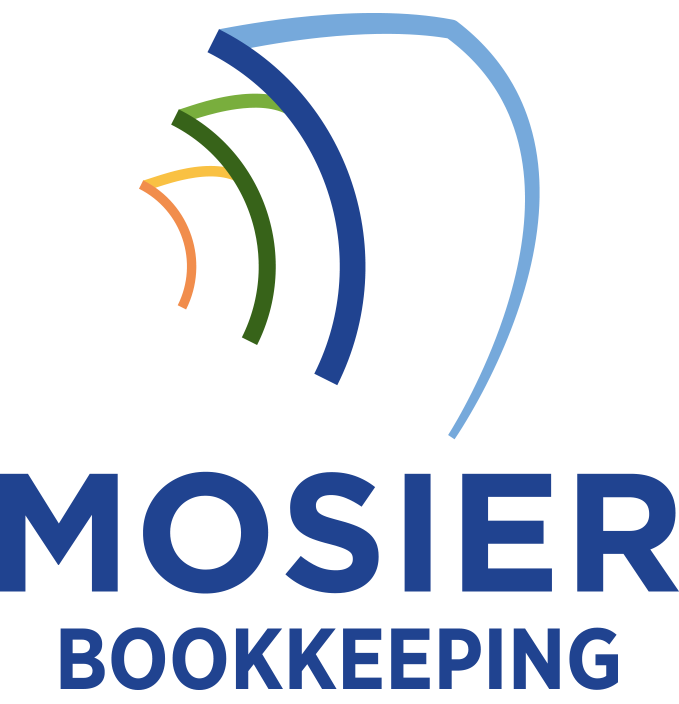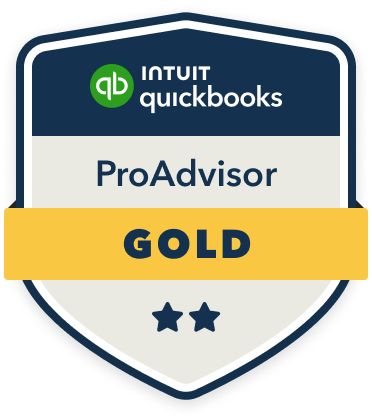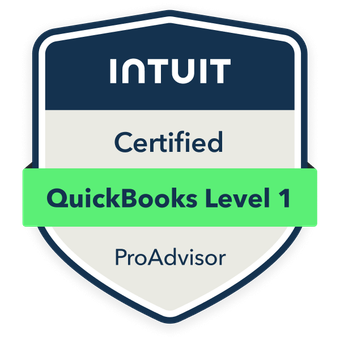To handle bookkeeping for seasonal payroll fluctuations, I recommend implementing a three-pronged approach: First, establish automated time-tracking software integrated with your payroll system to monitor real-time labor costs. Second, create a dedicated payroll reserve fund equal to 3-4 months of peak expenses. Third, develop rolling quarterly tax forecasts while maintaining separate accounts for different tax obligations. This structured system will set your foundation for mastering the complexities of seasonal workforce management.
Understanding the Impact of Seasonal Payroll on Cash Flow

Seasonal fluctuations in payroll can dramatically impact a business’s cash flow management, creating unique challenges for financial planning and resource allocation. I recommend analyzing past payroll cycles to identify peak and low periods, then developing a strategic cash reserve to cover high-demand seasons. You’ll need to factor in overtime wages, temporary staff costs, and seasonal bonuses.
I’ve found that implementing rolling forecasts helps track cash flow patterns and predict future staffing needs. You should monitor key performance indicators like labor cost percentage and productivity metrics to optimize workforce planning. This data-driven approach will strengthen your financial position and guarantee adequate liquidity throughout seasonal changes.
Best Practices for Tracking Variable Labor Costs
Accuracy in tracking variable labor costs forms the foundation of effective seasonal business management. I’ve found that implementing robust systems for monitoring fluctuating labor expenses helps maintain control over your bottom line.
To optimize your variable labor cost tracking:
- Deploy automated time-tracking software that integrates with your payroll system
- Create separate cost centers for regular, overtime, and seasonal labor categories
- Implement real-time labor cost monitoring dashboards
- Establish weekly variance reports comparing actual vs. budgeted labor costs
- Use predictive analytics to forecast future labor needs based on historical data
I recommend reviewing these metrics monthly to identify trends and adjust staffing strategies accordingly.
Managing Tax Obligations Throughout the Year

How can businesses with cyclical revenue maintain consistent tax compliance throughout the year?
I recommend establishing a rolling quarterly tax forecasting system that accounts for seasonal peaks and troughs. You’ll need to set aside funds during high-revenue periods to cover tax obligations during slower months.
I advise implementing automated payroll tax calculations and maintaining separate accounts for employment taxes, sales tax, and estimated income tax payments. You should schedule monthly reconciliations to verify tax accruals match actual liabilities.
Consider using a tax planning calendar that aligns with your business cycle, enabling you to anticipate and prepare for deadlines regardless of seasonal fluctuations.
Planning and Budgeting Strategies for Peak Seasons
I recommend starting your peak season planning by accurately calculating your anticipated labor costs, including overtime, seasonal hires, and any performance bonuses you’ll need to remain competitive. You’ll want to analyze your historical payroll data from previous peak seasons, adjusting for current wage rates and projected business volume to create precise labor cost forecasts. Based on these calculations, I suggest building an emergency payroll reserve of 15-20% above your projected needs to handle unexpected staff shortages, extended hours, or higher-than-anticipated business demands.
Calculate Anticipated Labor Costs
Carefully calculating anticipated labor costs stands as a critical component for seasonal businesses to maintain profitability during peak periods. I recommend tracking these essential metrics to accurately project your staffing expenses:
- Historical payroll data from previous peak seasons, including overtime costs
- Current market wage rates and anticipated increases
- Training expenses for temporary staff onboarding
- Employee benefits and statutory requirements
- Productivity metrics to determine optimal staffing levels
I’ve found that establishing a data-driven approach to labor cost calculation enables you to maintain tight control over your biggest expense while ensuring adequate coverage during high-demand periods. This precision directly impacts your bottom line.
Build Emergency Payroll Reserves
While accurate labor cost projections form the foundation of seasonal workforce management, maintaining adequate emergency payroll reserves provides critical financial security for your business. I recommend establishing a dedicated payroll reserve fund equal to 3-4 months of peak-season labor expenses. Calculate this by multiplying your highest monthly payroll by your chosen reserve duration.
I’ll help you protect these reserves by setting up automated monthly transfers to a separate high-yield business savings account. This guarantees you’ll have immediate access to funds during unexpected revenue slowdowns or when seasonal shifts require additional staffing flexibility.
Digital Tools and Software Solutions for Seasonal Payroll

Several modern payroll software solutions specifically address the unique challenges of managing seasonal workers and fluctuating staff levels. I recommend implementing digital tools that streamline your seasonal payroll processes while maintaining compliance and accuracy.
- QuickBooks Payroll offers customizable seasonal worker classifications and automatic tax calculations
- ADP Workforce Now provides robust scheduling features and labor cost forecasting
- Gusto’s seasonal payroll tools include automated onboarding and rehiring workflows
- Paychex Flex enables seamless scaling of workforce size with integrated time tracking
- Square Payroll simplifies contractor payments and W-2 management for temporary staff
These solutions integrate with your existing accounting systems, ensuring seamless data flow and reducing manual entry errors.
Creating Internal Controls for Seasonal Staff Management
I recommend tracking your seasonal hiring costs through detailed spreadsheets that itemize recruitment, training, and onboarding expenses for each temporary staff member. You’ll need to establish strict document access control protocols that limit seasonal workers’ permissions to only essential systems and files during their employment period. These internal controls should include a systematic process for revoking access credentials immediately upon a seasonal employee’s departure to maintain data security and operational integrity.
Track Seasonal Hiring Costs
Businesses that employ seasonal workers need robust internal controls to track hiring costs and manage temporary staff effectively. I’ve identified key expenses you must monitor to maintain financial control during peak seasons.
Track these critical hiring costs:
- Recruitment and job posting fees
- Pre-employment screening and background checks
- Training program expenses and materials
- Overtime rates for experienced staff who train newcomers
- Temporary staffing agency fees and markups
I recommend implementing a dedicated cost center in your accounting system to isolate seasonal labor expenses. This separation enables you to analyze year-over-year trends and optimize your seasonal hiring budget more strategically.
Document Access Control Protocols
Managing document access for seasonal employees requires strict protocols to protect sensitive business information while enabling temporary staff to perform their duties effectively. I create tiered access levels based on job functions and implement digital permissions that automatically expire on preset dates. I mandate unique login credentials for each seasonal employee and maintain detailed access logs.
I’ve established a clear chain of command for document requests and enforce mandatory sign-offs from department heads. When seasonal staff depart, I immediately revoke all access permissions and conduct systematic audits to verify proper document handling. This protocol guarantees both operational efficiency and data security.









